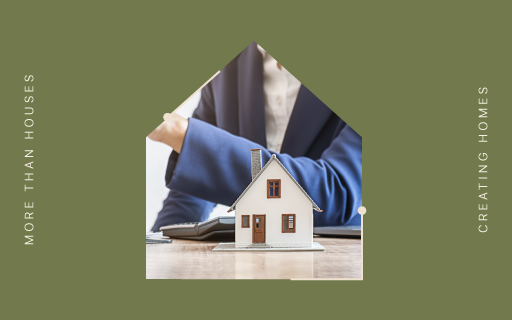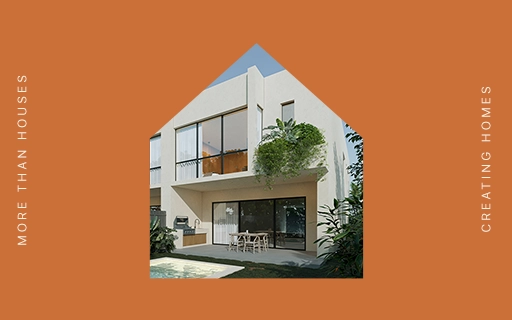Buying and selling a house simultaneously should count as a major multitasking achievement to add to your resume: it’s no less than one of the most complex real estate transactions a homeowner can face as it implies a tricky timing challenge. You want to sell your current house for top dollar while securing your next dream home without ending up in limbo—or worse, carrying two mortgages. The process can feel overwhelming, but with the right strategy, it’s entirely possible, you only need the right planning and financing so you can time the two transactions in a manageable way. Here are eight smart strategies to help you navigate this challenge smoothly.
1. Prepare Your House to Sell It (Make Any Necessary Repairs)
Before listing your house, take time to ensure it’s in the best condition possible. Buyers are drawn to move-in ready properties, so fix any minor issues like leaky faucets, chipped paint, or squeaky doors. Larger repairs—like roof issues or outdated electrical systems—might be worth addressing if they could affect your home’s value or saleability.
Decluttering, deep cleaning, and staging your house can also make a big difference. A fresh coat of neutral paint and well-maintained landscaping can boost your house’s exterior appeal, potentially leading to quicker offers and better pricing.
Once your home is in the best possible condition, make sure to take good photos and videos that flatter and enhance its appeal. Remember that first impressions are very important, so take the time to capture a good photo record so that when you advertise it, more people will be interested.
2. Prepare Yourself to Buy
This part is crucial: you need to make sure that your finances are in order. A lot of people are sure that their credits are great and that they can easily get approved without even checking it, but they can be wrong. Just as you’re getting your current home ready to sell, prepare yourself financially and logistically for buying. Start by reviewing your credit score and getting your finances in order. Have a clear understanding of what you want in your next home, including location, size, and must-have features.
Create a realistic budget, factoring in not just the purchase price, but also moving costs, property taxes, homeowners’ insurance, etc. This will help you move quickly when the right opportunity arises.
3. Find a Real Estate Agent
Hiring an experienced real estate agent who has dealt before with simultaneous transactions is crucial. They’ll coordinate timelines, manage negotiations, and help avoid common pitfalls. One agent can often represent you in both the sale and the purchase, streamlining communication and strategy.
Ask potential agents how they’ve handled buy-sell situations in the past, and choose someone with local market expertise and a proven track record of success.
4. Consult a Mortgage Broker
Meeting with a mortgage broker early in the process can help clarify your buying power and financing options. Brokers can pre-approve you for a mortgage, outline your borrowing limits, and help identify whether you qualify for special products like bridge loans or home equity lines of credit (HELOCs).
Getting pre-approved not only strengthens your purchase offer but also helps you act quickly when you find the right home.
5. Be Clear About How You Will Pay for a New Down Payment
Unless you’re fortunate enough to buy your next home with cash, you’ll need a strategy to cover your down payment while your equity is still tied up in your current house. These are four of the most common options:
- Home Equity Line of Credit (HELOC): If you have enough equity, you can open HELOC on your current home before listing it. This gives you access to funds for a down payment without needing to sell first.
- Bridge Loan: A short-term loan that “bridges” the gap between buying your new home and selling your current one. These are riskier and more expensive but useful if timed carefully.
- Proceeds from Your Sale (Equity): If you can arrange a simultaneous closing or have a contingency in place, you may be able to use the equity from your house sale directly toward your new home’s down payment.
- Savings: Tapping into savings or investments can help if you want to avoid additional debt or don’t qualify for a HELOC or bridge loan.
Work with your mortgage broker to determine the best option based on your situation. With their expertise, they’ll know what to do according to your needs and particular case.
6. Getting the Timing Right Between Selling and Buying
The key to success is aligning your sale and purchase so that you’re not left homeless—or burdened by two homes. This guideline will help you reduce the possibility of something like that happening:
Step-by-step:
- Search for Homes: Begin browsing homes online or in person to get a feel for the market. However, don’t make an offer just yet.
- List Your House on the Market (with a Contingency): Put your house up for sale and we recommend you to include a “sale contingency” clause that allows you to delay the closing until you’ve secured your next home.
- Find a Buyer (Under Contract): Once you receive an offer and go under contract, the clock starts ticking. Your agent will help you navigate the terms and keep the process on track.
- Find a House and Make a Contingency Offer (Under Contract): With your home under contract, you’re in a stronger position to make an offer on a new one. Use a “purchase contingency” that makes your offer dependent on the successful sale of your current home.
- Close on Your Sale: Ideally, both closings will be scheduled back-to-back or within a short window. Funds from the sale can be used immediately for the new purchase.
It sure sounds like a tightly choreographed sequence, but keep in mind that using it can minimize disruption and help you go through this process smoothly.
7. What to Do If You Can’t Buy Before You Sell
Sometimes, despite your best efforts, you won’t be able to secure a new house before selling. If this happens, don’t panic. You have a few options:
- Temporary Housing: Stay with friends or family, or rent a short-term furnished apartment. This gives you breathing room to house hunt without pressure. Remember that it’s best to find a home you really like instead of one that doesn’t satisfy you, but is ready for you to move into.
- Rent-Back Agreement: Negotiate with your buyer to stay in your sold home for a short period (usually 30–60 days) after closing, giving you time to find and close on your next home.
- Storage Solutions: If you need to move out temporarily, consider renting a storage unit for your belongings so you’re ready to move quickly once you find a new place.
While this situation isn’t ideal, it can give you more leverage and flexibility when buying your next home.

8. In the Event of Having to Buy Before Selling
If the perfect home hits the market before you’ve sold your current one, you might choose to buy first. In this scenario, you’ll temporarily carry two mortgages.
To make this work:
- Ensure You Qualify: Lenders will need to confirm you can afford both payments, so be sure your debt-to-income ratio is solid.
- Bridge Financing: As mentioned, bridge loans or HELOCs can help with the down payment on the new home before selling the old one.
- Have a Financial Cushion: Make sure you have emergency savings to cover any unexpected delays or costs while you manage both properties.
Buying before selling can be stressful, but with good planning and support, it can also offer the advantage of not rushing your house search.
We’re aware that these procedures may appear like a delicate balancing act that is hard to maintain, because they are, but it’s entirely doable with preparation, smart financial planning, and a strong support team. By preparing your house, securing financing, and timing your transactions carefully, you can transition from one place to the next with minimal stress.
Each situation is unique, so consult with real estate professionals early and often to craft a strategy that works best for your goals and financial comfort level.




